Table of Contents
Highlights
- WeRide’s deployment of the GXR Robotaxi in Guangzhou’s Huangpu district marks a significant moment for the autonomous driving industry.
- For the first time, a company is offering a fully driverless, 24-hour commercial ride-hailing service in one of the country’s busiest areas.
- This achievement signals that autonomous driving is moving beyond pilot tests and into the everyday lives of ordinary people.
GXR Robotaxi
The race toward fully autonomous vehicles has been intensifying around the globe, with companies striving to move beyond technical demonstrations and toward real-world commercial services. Among the leaders of this movement in China is WeRide (Wenyuan Zhixing), an autonomous driving company headquartered in Guangzhou.
On the 4th of September, 2025, the company announced a groundbreaking step: its newly mass-produced autonomous vehicle, the GXR Robotaxi, had officially begun 24-hour fully driverless commercial operation in Guangzhou’s Huangpu District. This marks one of the clearest signals yet that autonomous driving is moving from pilot projects into everyday urban mobility.
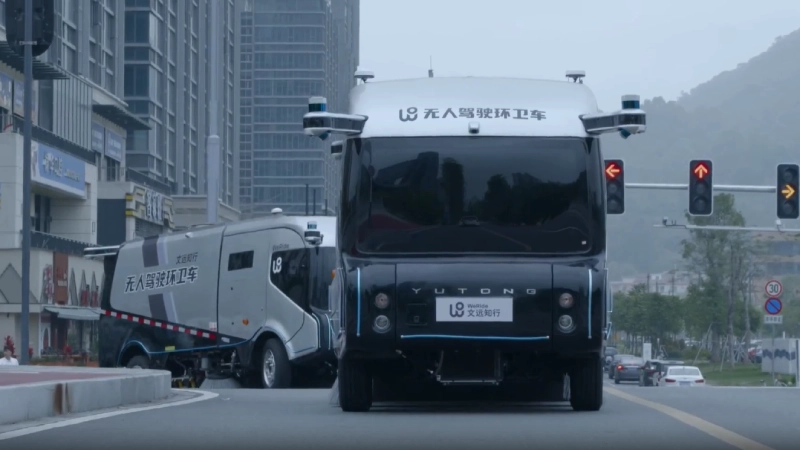
About WeRide
Founded in 2018, WeRide has established itself as a pioneer in China’s autonomous driving industry. With headquarters in Guangzhou, the company has focused on developing a comprehensive technology stack that includes perception, decision-making, control systems, and vehicle connectivity. Unlike companies that only specialize in one component of the autonomous driving process, WeRide has built an integrated solution, allowing it to deploy self-driving cars that can handle the complexities of urban environments.
Over the years, WeRide has tested its vehicles not only in China but also in international markets, demonstrating both the adaptability of its technology and its ambition to become a global player. The company was also one of the earliest in China to receive government approval to operate autonomous ride-hailing services, allowing it to accumulate valuable experience in real-world environments. These milestones have gradually brought the company closer to the point where commercial, revenue-generating services are possible.
The Launch of the GXR Robotaxi
The GXR is WeRide’s latest generation of autonomous vehicle, specifically designed for commercial deployment rather than research or limited trials. Unlike earlier prototypes, the GXR is a mass-produced model, which means that it is built with scalability in mind. It is not just a concept car for showcasing technology but a practical vehicle ready to serve passengers on a daily basis.
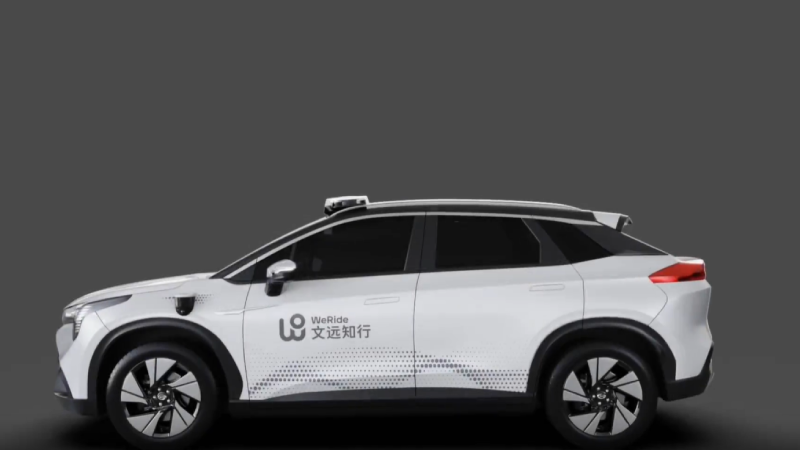
The choice of Guangzhou’s Huangpu District as the launch site is significant. Huangpu is a busy urban area with complex traffic conditions that include high vehicle density, frequent pedestrian crossings, and mixed modes of transportation ranging from bicycles to motorcycles.
Successfully deploying a fleet of fully driverless taxis in such an environment demonstrates a high level of confidence in the safety and reliability of the technology. Moreover, running the service around the clock shows WeRide’s readiness to manage not only the technical aspects of autonomous driving but also the operational demands of continuous service.
The Role of GXR Within WeRide’s Strategy
WeRide functions as the parent company overseeing the development of core autonomous driving technologies. The GXR Robotaxi, on the other hand, represents the commercial face of the company’s innovations. It is the product designed to interact directly with consumers, bridging the gap between laboratory research and public adoption.
By deploying the GXR in commercial service, WeRide is aiming to validate its business model. The move from experimental test fleets to paid, publicly accessible rides demonstrates that autonomous driving is not just about technological prowess but also about finding a sustainable path to profitability.
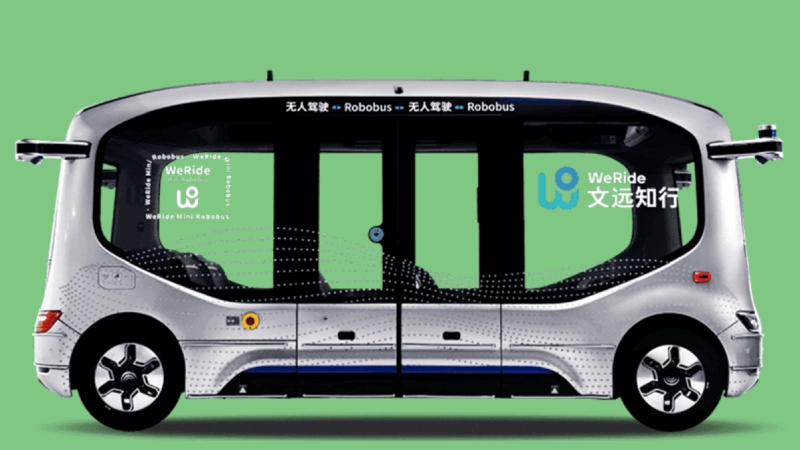
Each ride generated valuable operational data that helps refine the technology while also offering the public a first-hand experience of autonomous mobility. This dual role, both as a revenue source and as a learning platform, makes the GXR a strategic milestone for WeRide.
The Bigger Picture
WeRide’s launch comes at a time when the global autonomous driving industry is transitioning from research-intensive development to market-driven deployment. In recent years, there has been significant progress in areas such as perception accuracy, decision-making algorithms, and real-time mapping. These advances have made it possible for vehicles to handle increasingly complex scenarios in real traffic.
At the same time, governments have begun to create legal and regulatory frameworks that allow for pilot programs and limited commercial operations. Several Chinese cities have established special demonstration zones where autonomous vehicles can be tested under real-world conditions. This policy support provides companies like WeRide the opportunity to scale up operations in a controlled but meaningful way.
WeRide is not alone in this race. Domestic competitors such as Baidu’s Apollo Go and AutoX have also launched robotaxi pilots in various regions. However, most of these services still operate with safety drivers on board or are restricted to limited time frames and routes. In contrast, WeRide’s 24-hour driverless service in a busy urban district puts it ahead of many peers and positions the company as a frontrunner in turning autonomous driving into a mainstream urban service.
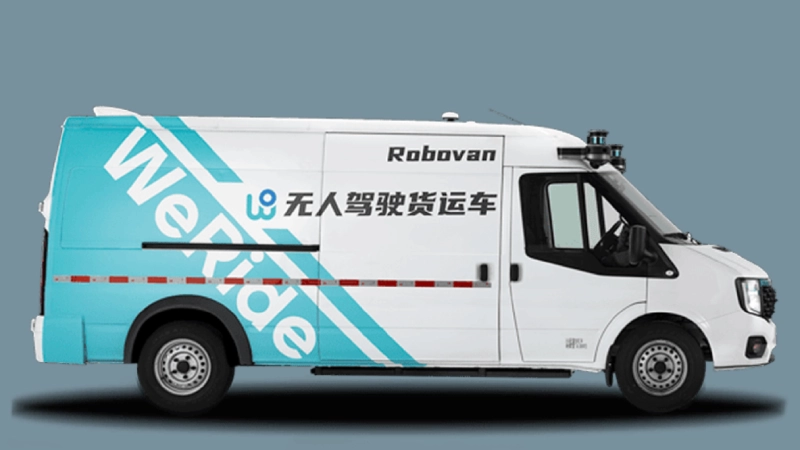
Challenges on the Road Ahead
Despite the excitement surrounding the launch, significant challenges remain before autonomous vehicles can become widespread.
From a technical perspective, handling the full spectrum of urban traffic conditions remains complex. A driverless taxi must be able to recognize and respond appropriately to pedestrians, cyclists, sudden road closures, and even extreme weather conditions. Ensuring safety in such scenarios requires not only sophisticated hardware like advanced lidar and sensors but also robust decision-making software.
Operational challenges also loom large. Running a fleet of fully driverless vehicles requires reliable systems for remote monitoring, emergency intervention, and regular maintenance. Continuous operation, especially in a 24-hour cycle, places immense demands on both the vehicles and the supporting infrastructure.
Finally, there is the question of economics. Autonomous vehicles are still expensive to produce, given the high cost of sensors and specialized components. For Robotaxi services to become sustainable, companies must find pricing strategies that balance affordability for passengers with the recovery of operational costs. Equally important is public trust. Convincing ordinary passengers to step into a driverless car, and to do so repeatedly, requires not just safety but also comfort, reliability, and convenience.
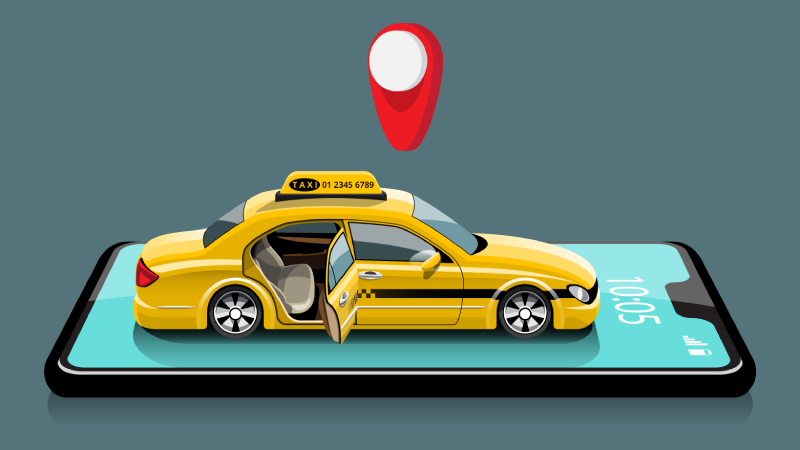
The Future of Robotaxi Services
The launch of the GXR Robotaxi in Huangpu is not the end but rather the beginning of a much larger journey. If the service proves reliable, it can be expanded to other parts of Guangzhou and eventually to additional cities across China. Beyond urban centers, Robotaxi services may also find early adoption in semi-controlled environments such as business districts, airports, or industrial parks, where traffic conditions are more predictable.
As the service scales up, WeRide will need to continue improving its technology. Future iterations of the GXR are likely to feature better perception systems, lower hardware costs, and improved software integrations. The goal will be not to just prove that autonomous driving works but to make it economically viable at scale.
The road ahead is still full of challenges, but the launch of the GXR Robotaxi suggests that the future of urban mobility may be closer than we think.